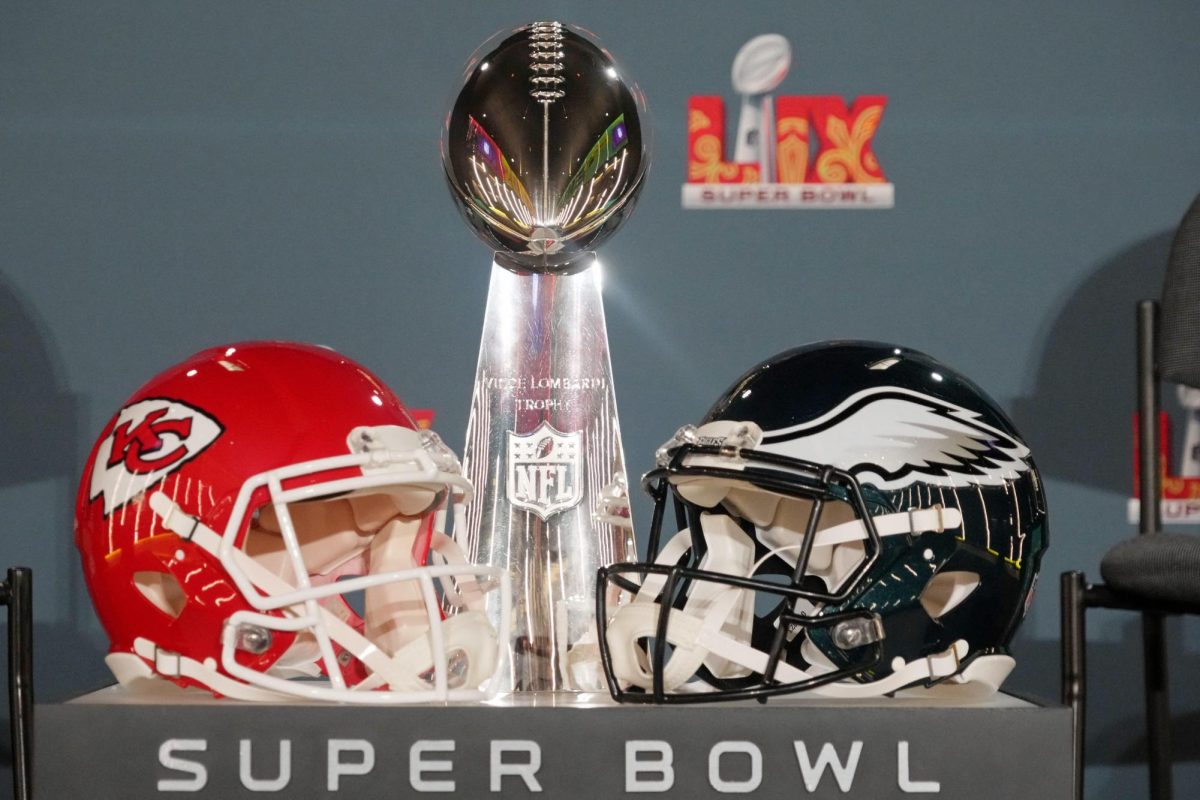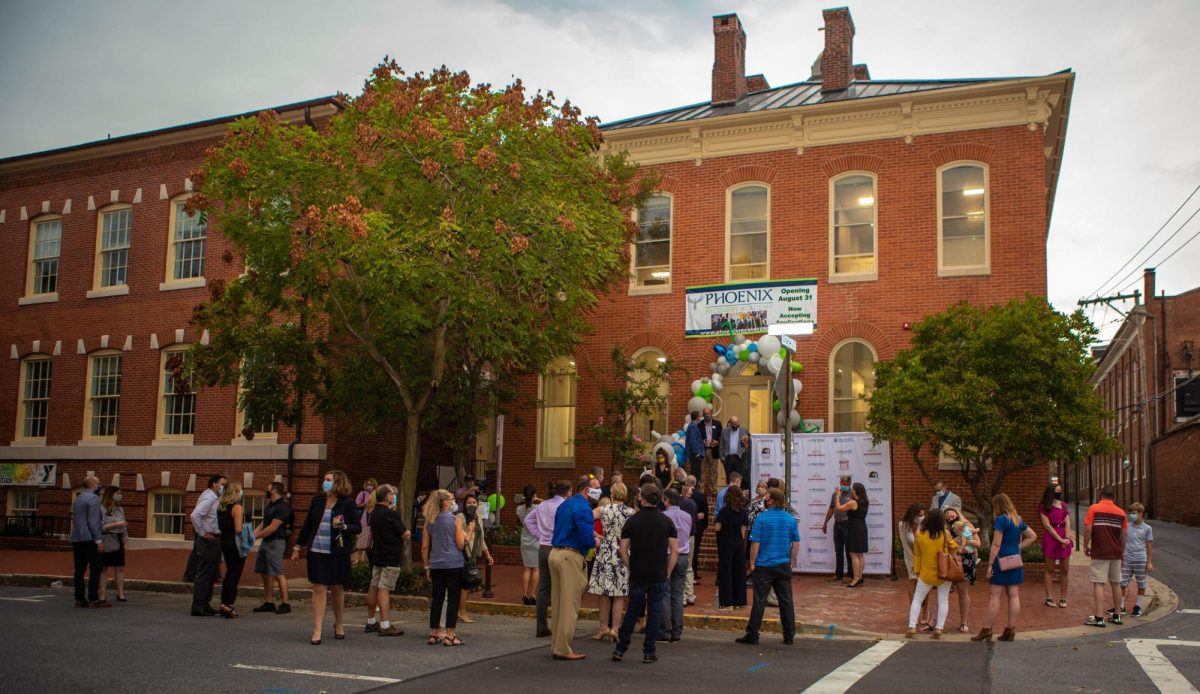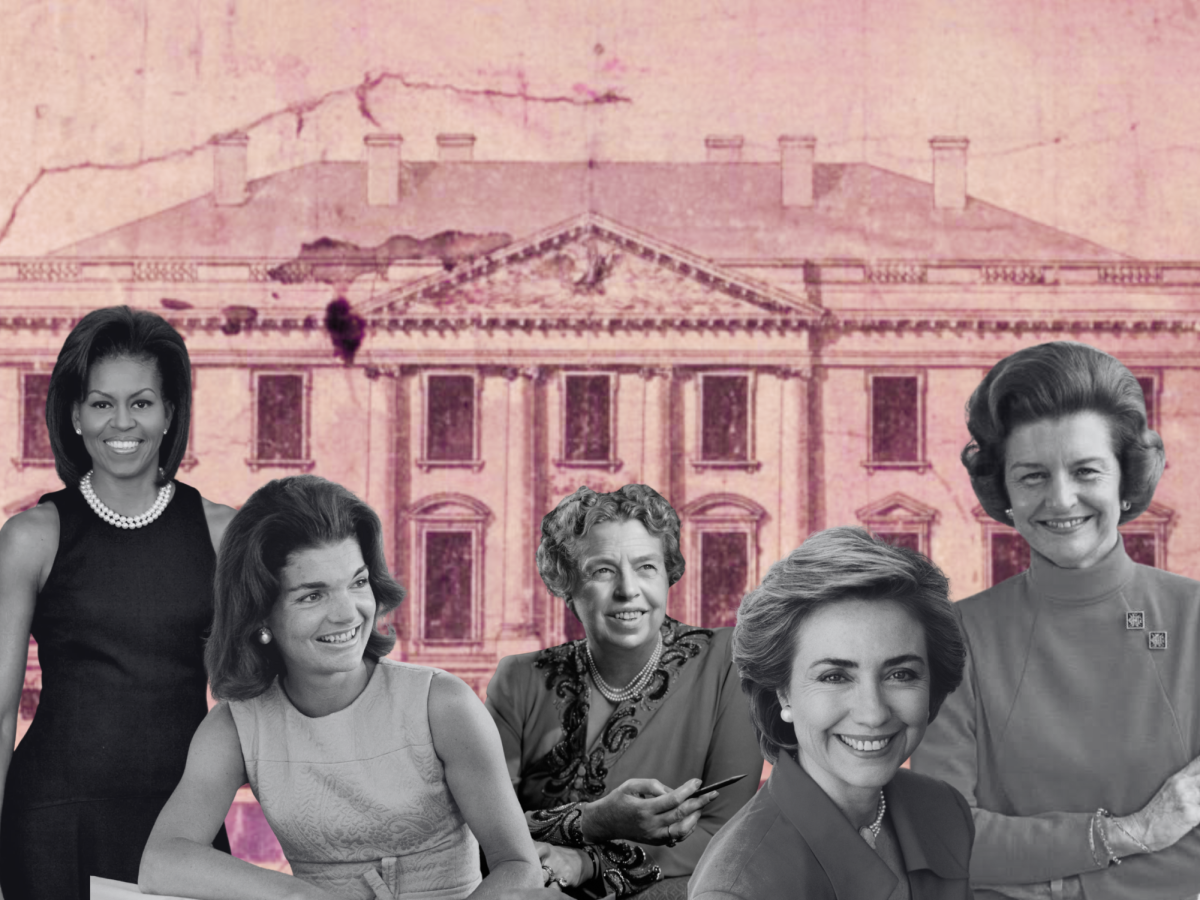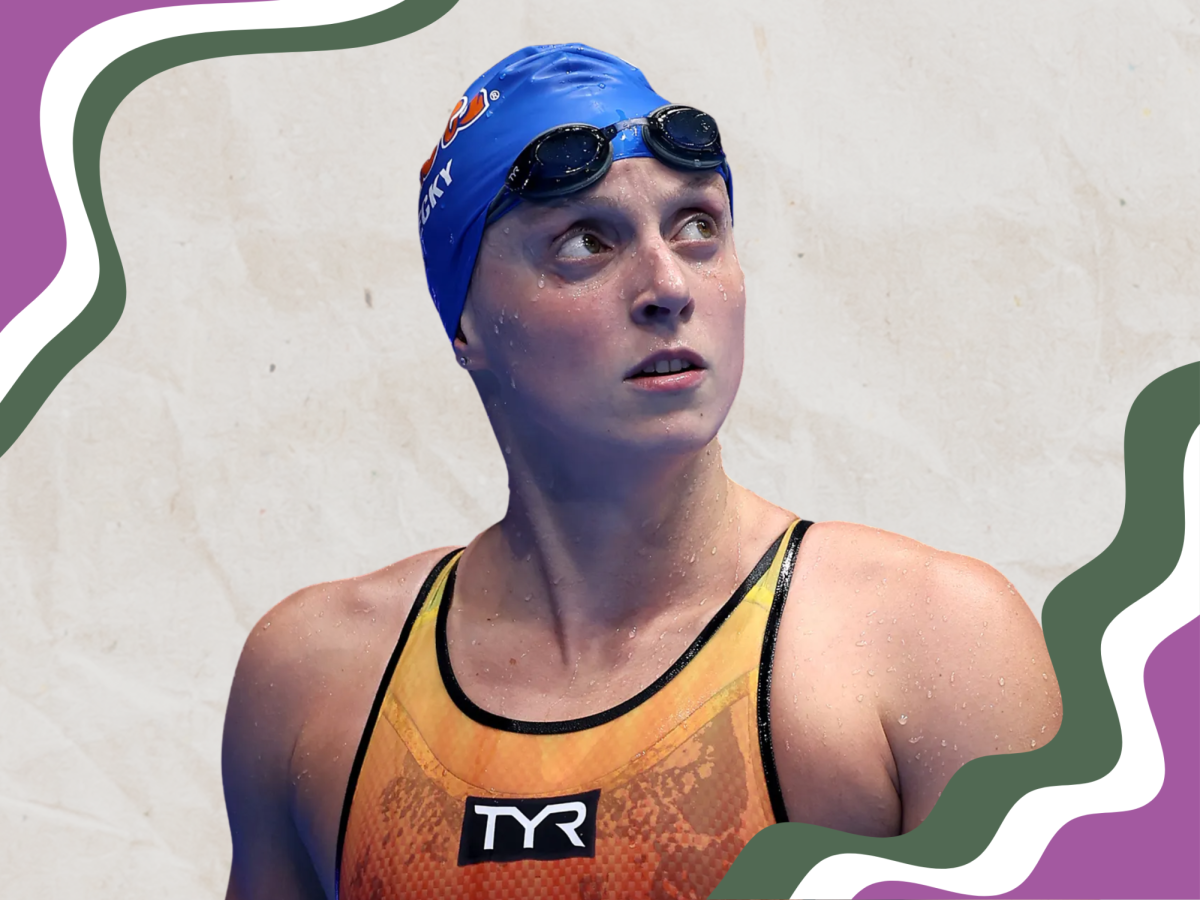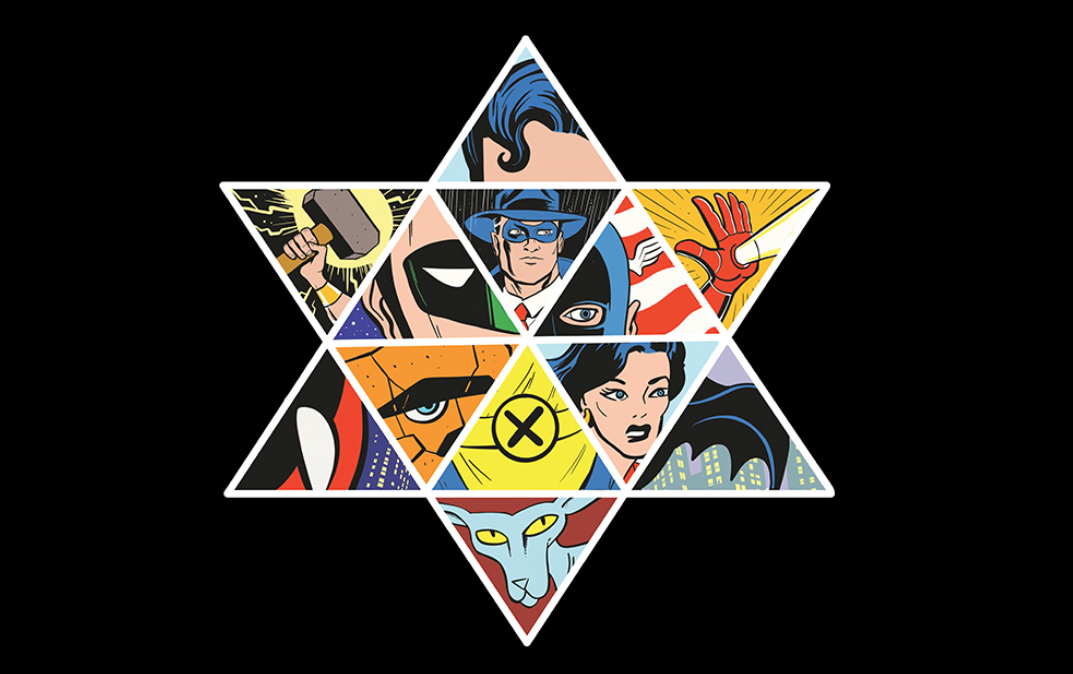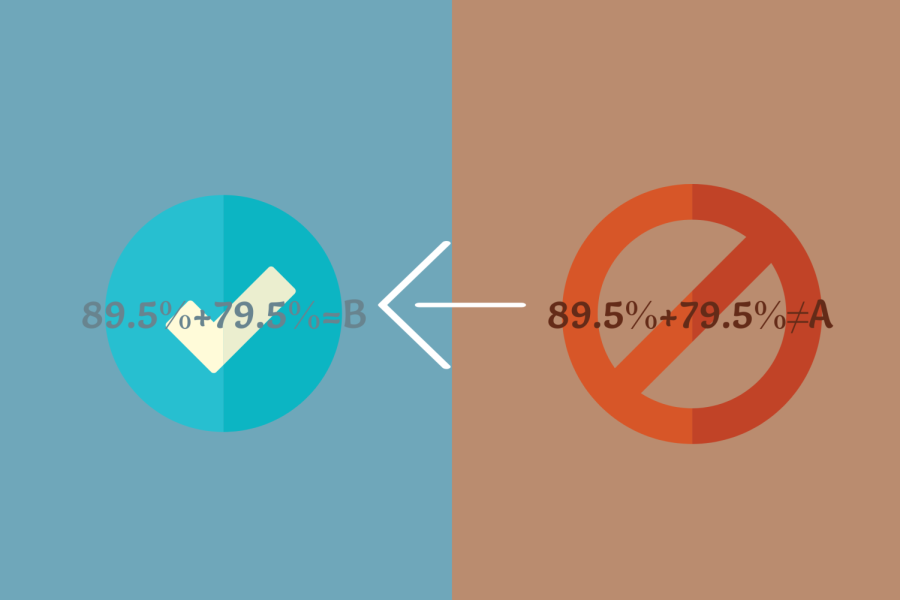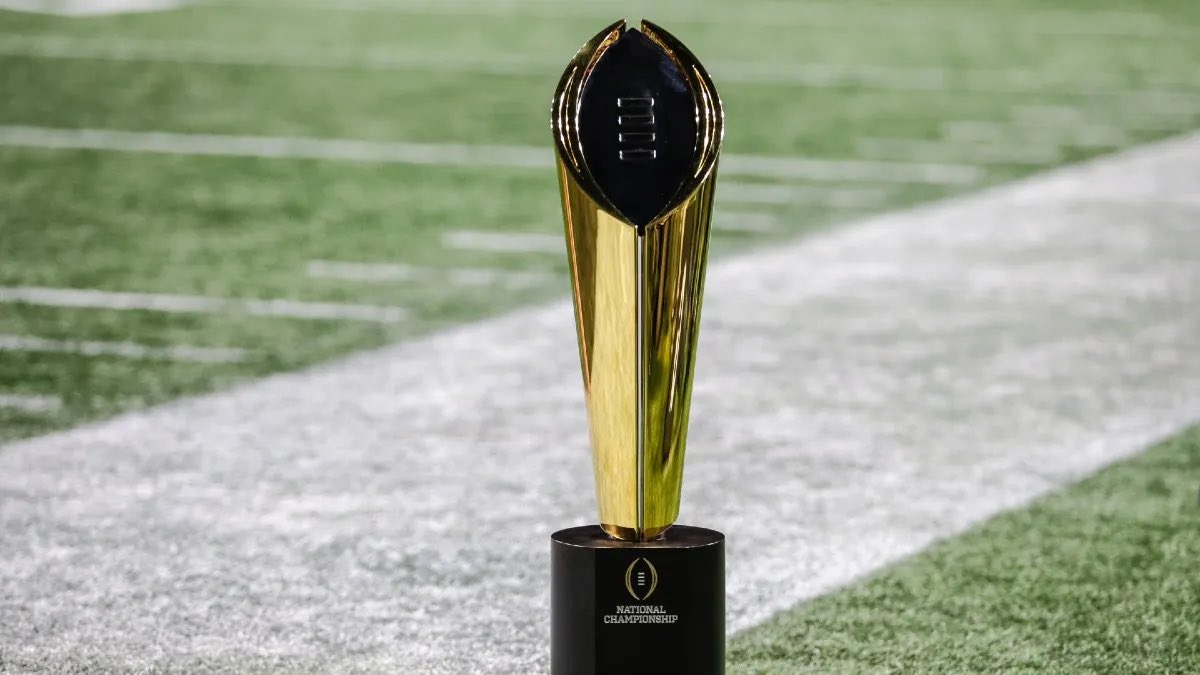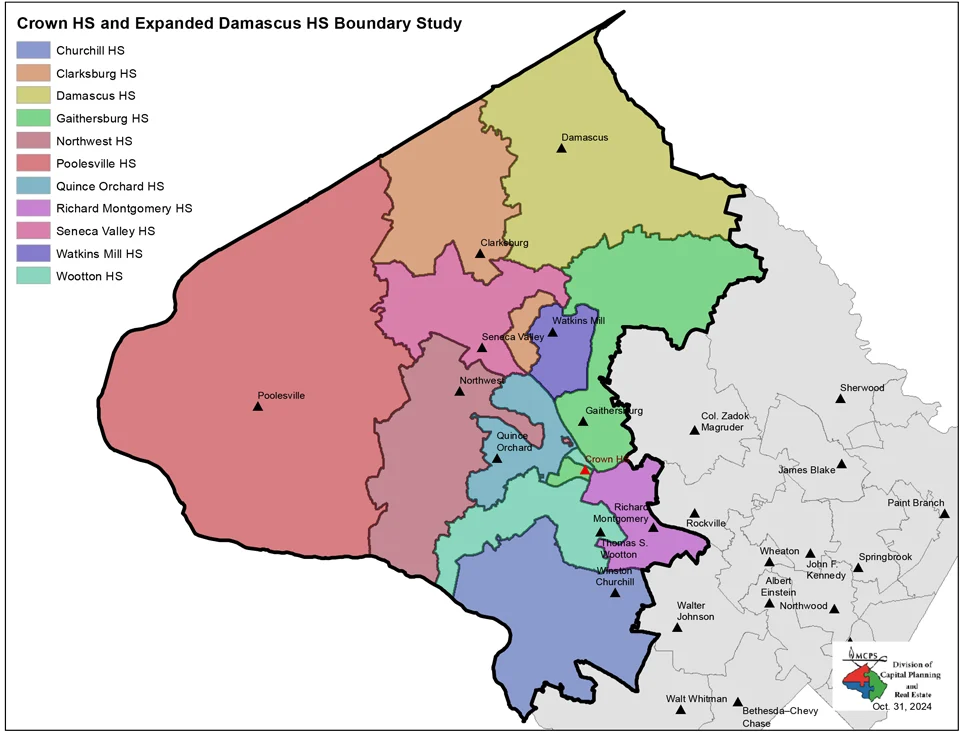Super Bowl commercials have evolved into a cultural phenomenon, often challenging the game itself in terms of viewership and buzz. By 2024, 18% of Super Bowl viewers tuned in to the game primarily to watch the commercials.
However, Super Bowl advertisements haven’t always generated this much attention. In the event’s early years, advertising lacked the cinematic flair and narrative complexity that many viewers associate with it today.
In particular, Super Bowl XVIII transformed the event’s advertisement breaks. Apple’s legendary 1984 commercial unveiling Steve Jobs’ new Macintosh computer drew record-high viewership. The advertisement demonstrated the possibility of Super Bowl commercials as a market for more than just football fans.
The cost of Super Bowl advertisements continues to rapidly increase as the event becomes a cornerstone for brand advertising. In the first Super Bowl, held in 1967, a 30-second ad cost around $40,000. In the 1990s a Super Bowl ad cost over $1 million, and in 2025, around $8 million.
Despite the high cost of exposure, Super Bowl advertisements are a valuable investment for movie promotion, according to Carnegie Mellon University. Professor Michael D. Smith found that movies with trailers airing during the Super Bowl increased their opening weekend sales by more than twice the cost of the ad time. Among the many iconic Super Bowl movie ads are Independence Day (1996), The Dark Knight Rises (2012), Transformers: Age of Extinction (2014), Jurassic World (2015) and Avengers: Endgame (2019).
The most expensive Super Bowl commercial in history was Amazon’s “Alexa Loses Her Voice,” which aired during Super Bowl LII in 2018. The ad slot cost around $15 million and featured celebrity cameos from Jeff Bezos, Gordon Ramsey, Cardi B, Rebel Wilson and Anthony Hopkins. Following this ad, Amazon Echo sales increased by 300%.
In recent years, Super Bowl commercials have become highly anticipated productions that often feature A-list celebrities. Last year, two musicians — Beyoncé and Kanye West — drew attention for their cameos in Super Bowl commercials.
Verizon showcased their 5G-coverage technology by teaming up with global superstar Beyoncé for a one-minute advertisement. The clip shows Beyoncé trying to break the internet and Verizon’s 5G feature through various skits, ending with the singer announcing new music.
In complete contrast to Verizon’s high-budget commercial, infamous rapper and entrepreneur Kanye West filmed one of the lowest camera quality advertisements in history, taking a video on his iPhone in a dimly lit car and telling viewers to go to his Yeezy footwear website. The next day, Yeezy generated around $19 million in revenue.
As commercials evolve, the Super Bowl has turned into a mastery of marketing, with a variety of businesses competing for the nation’s attention. In a world where profit and complex advertising rarely intersect, the Super Bowl boldly defies the norm of promotional techniques.



